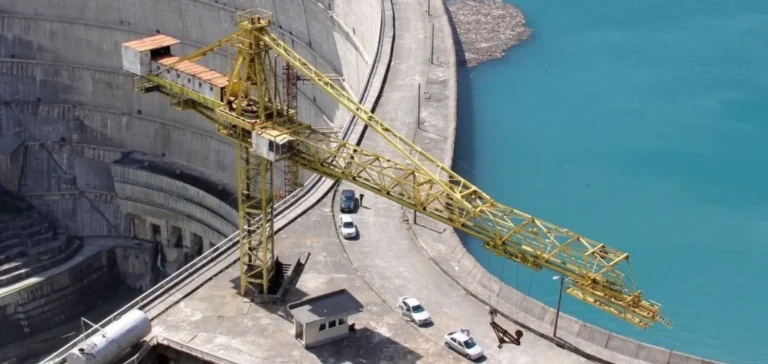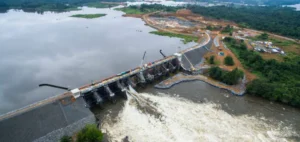The Asian Development Bank (ADB) has announced the allocation of a $940,800 grant aimed at modernizing the Meter Data Management System (MDM) of Kyrgyzstan’s Energy Settlement Center. This initiative follows discussions held in Manila between Taalaibek Ibraev, Kyrgyzstan’s Minister of Energy, and senior officials from ADB. Both parties also agreed on a follow-up meeting in Kyrgyzstan to clarify the details of future investments. This grant comes at a time when the ADB shows increasing interest in major energy projects in the country, particularly the Kambarata-1 hydroelectric dam.
Priority on Kambarata-1 Project
The Kambarata-1 project stands as a top priority for ADB, which is considering financing the initial phase, estimated between $130 million and $150 million. This dam, situated on the Naryn River, will have an installed capacity of around 1,860 megawatts (MW) and is expected to produce approximately 5,640 gigawatt-hours (GWh) annually. Its completion requires a total investment between $3.5 billion and $4.5 billion over an estimated construction period of six and a half years. If realized, the project would constitute one of Central Asia’s most significant hydroelectric infrastructures.
Kambarata-1 already benefits from the potential support of other international financial institutions, including the World Bank, the Asian Infrastructure Investment Bank (AIIB), and the Eurasian Development Bank. A roadmap was signed in early 2023 between Kyrgyzstan, Kazakhstan, and Uzbekistan, confirming the regional scope of this project. This intergovernmental cooperation highlights the economic significance of the dam, potentially enhancing energy security across the entire region.
Diversification of Energy Projects
Alongside the support allocated to Kambarata-1, the ADB is actively studying the financing of several other energy projects in Kyrgyzstan. Among these projects is the installation of a 15 MW floating solar power plant on hydroelectric reservoir number 5 (HPP-5). The institution is currently awaiting results from feasibility studies regarding other infrastructures, such as the modernization of the Kurpsai, Uch-Korgon, and Toktogul hydroelectric power plants. These complementary projects aim to strengthen production capacities and the reliability of the national electric grids.
The ADB pays particular attention to developing the country’s energy transmission infrastructure, notably by upgrading power lines ranging from 110 to 500 kilovolts (kV). These investments could optimize electricity distribution produced by new generation sites. The precise timeline and exact funding for these secondary projects will be detailed later, following upcoming meetings between Kyrgyz authorities and ADB representatives.






















